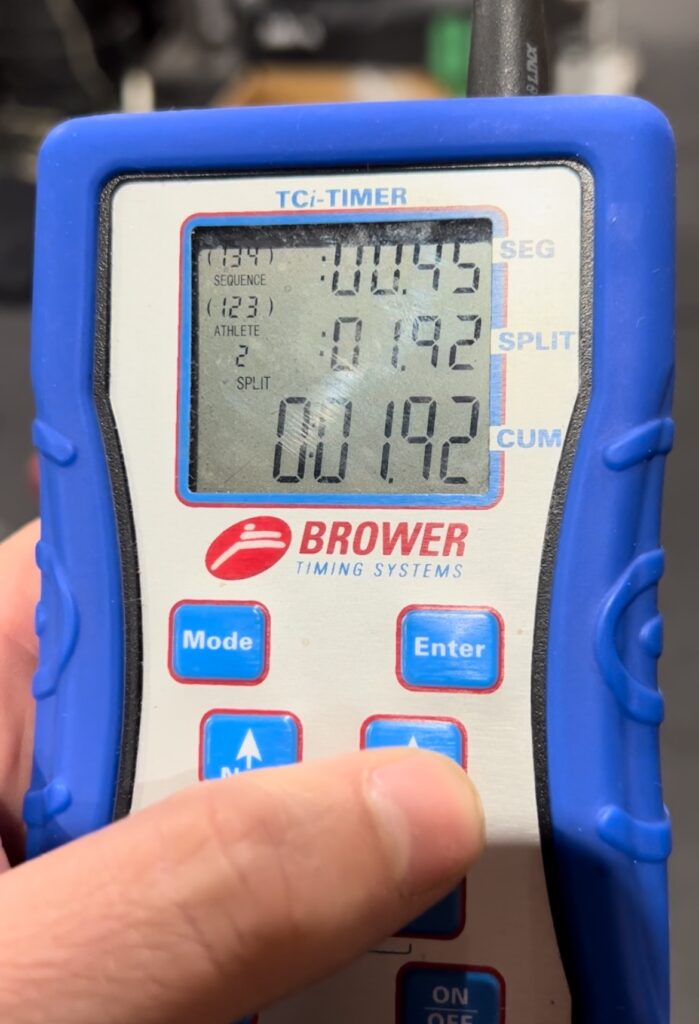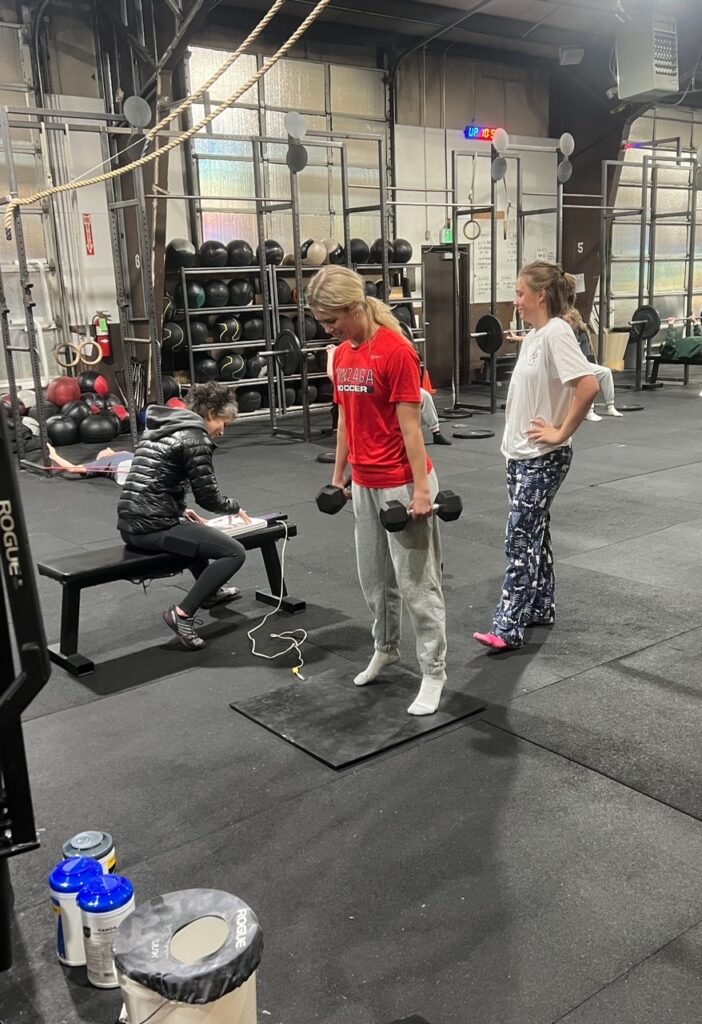Why Acceleration training is Crucial for High School Athletes. Learn More.
In the fast-paced realm of competitive high school sports, one skill reigns supreme: acceleration. But why is acceleration so important for high school athletes? In this comprehensive guide, we’ll explore the science, strategy, and sheer excitement behind the need for speed on the field and track.

The Need for Speed
Unleashing the Power
Acceleration is more than just a burst of speed – it’s a display of explosive power, agility, and reaction time. When an athlete accelerates, they propel themselves forward with lightning-fast precision, leaving opponents in the dust and spectators in awe of their prowess.
Gaining the Edge
In the world of competitive sports, milliseconds can mean the difference between victory and defeat. Acceleration gives athletes the edge they need to outmaneuver opponents, reach the ball first, or break away for a game-winning touchdown. It’s like having a turbo boost that propels you past the competition and straight into the winner’s circle.
Fueling Confidence
Imagine the rush of adrenaline as you explode off the starting line, leaving your competitors trailing behind. Acceleration isn’t just about physical speed – it’s also about mental fortitude and confidence. When athletes know they have the speed to beat their opponents, they approach every play with swagger and determination, knowing that victory is within their grasp.
The Science Behind Speed
The Physics of Acceleration
According to Newton’s second law of motion, acceleration is directly proportional to the force applied and inversely proportional to the mass of the object. In other words, the more force an athlete can generate with each stride, and the less body mass they have to propel forward, the faster they’ll accelerate.
In plain words – improve strength to body weight ratio, and an athlete will accelerate faster!
The Role of Muscle Fiber Composition
Fast-twitch muscle fibers are responsible for explosive movements like sprinting and jumping. Athletes with a higher percentage of fast-twitch fibers have a natural advantage when it comes to acceleration, as these fibers contract more rapidly and generate greater force than slow-twitch fibers.
However, even athletes without as much fast twitch fibers can still develop their fast twitch fibers – to ensure they are getting everything out of what they were given genetically.
The Importance of Technique
Proper technique is essential for maximizing acceleration. Athletes must learn to drive their knees high, pump their arms vigorously, and maintain a forward-leaning posture to generate maximum power and speed. Coaches play a critical role in teaching athletes the fundamentals of acceleration and refining their technique to achieve peak performance.
In our experience of training high school athletes for the past 12 years – developing strength will yield positive results when it comes to technique. Max effort strength training develops both inter and intra muscular coordination. Making it easier for the athlete to control their bodies and demonstrate proper technique.
Tracking Progress and Performance

Metrics that Matter
To gauge an athlete’s acceleration, we use metrics such as 10 yard flies, 20 yard flies, vertical jump height, and broad jump. By tracking these key performance indicators over time, coaches can assess an athlete’s progress, identify areas for improvement, and tailor accessory work to address specific needs.
If a coach isn’t measuring and tracking their athletes progress – how does the athlete or the parent know an athlete is improving?

The Power of Technology
Advances in sports science and technology have revolutionized the way coaches track and analyze acceleration. Tools such as laser timing systems,Just Jump Mat, and excel spread sheets, provide coaches with real-time data on an athlete’s speed, power, and improvement. Allowing for more precise training and performance monitoring.
Setting Goals and Targets
Setting specific, measurable goals is essential for improving acceleration. Whether it’s shaving milliseconds off sprint times, increasing stride length, or improving first-step quickness, athletes and coaches must work together to establish targets and track progress toward achieving them.
The athletes that train in the OC Sports Performance program that train 4x a week will average a tenth of a second off their 40 yard dash – each month until they hit an elite time for male and female athletes. For Men that is a 4.6 – for women that is a 5.1.
Dominating on the Field and Track
The Advantage in Field Sports
In sports like football, soccer, and baseball, acceleration is a game-changer. Athletes who can explode off the line, change direction quickly, and accelerate past defenders have a distinct advantage on the field, allowing them to make game-changing plays and lead their teams to victory. For baseball players acceleration not only helps the field players but the pitchers as well, as their acceleration improves so does their command as well as their top speed velocities.
The Key to Track Success
On the track, acceleration is the difference between podium finishes and also-ran status. Sprinters who can accelerate rapidly out of the blocks and maintain top speed over the duration of the race are the ones who stand atop the podium, their names etched in the annals of athletic history.
Top Speed is more important than speed maintenance, especially for younger athletes, as top speed is the harder characteristic to develop. Develop the more difficult characteristics first – and then the easier characteristics.
Beyond the Game
The benefits of acceleration extend far beyond the field and track. Improved speed, agility, and explosiveness translate to better overall athleticism, reduced risk of injury, and enhanced performance in all areas of life. Whether it’s excelling in other sports, achieving personal fitness goals, or simply enjoying an active lifestyle, the skills and attributes honed through acceleration training have a lasting impact on athletes long after their high school days are over.
So why is acceleration training so important for high school athletes? Because it’s not just about running fast – it’s about gaining the edge, fueling confidence, and dominating the competition on the field and track. From the science behind speed to the strategy of tracking progress and performance, acceleration is the key to unlocking peak athletic performance and achieving success in sports and in life. So lace up those cleats, hit the track, and unleash the power within – because when it comes to high school athletics, the need for speed is non-negotiable.
Ready to get started with acceleration training? Book a Free Consult today! OC Sports Performance has helped thousands of athletes reach their athletic goals.
Other articles related to speed training: Do Speed Ladders Work? How to make someone faster in a sprint, 40 yard dash training, How to develop speed.

